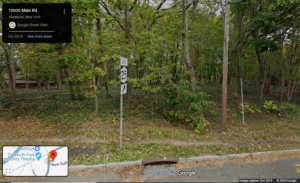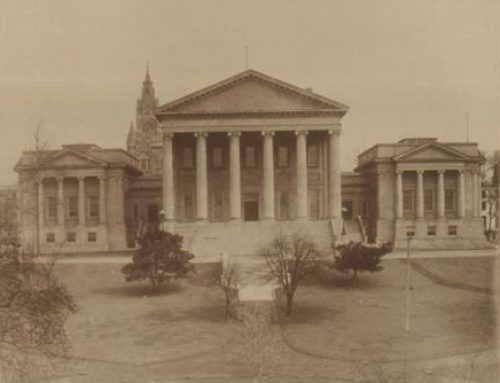The first paragraph in Brinkmann v. Town of Southold, 2024 U.S. App. LEXIS 5994 (2nd Cir. 2024), may have gotten some takings mavens excited about pretextual takings, when the court stated
The Defendant Town of Southold (“Southold” or the “Town”) authorized the creation of a park on a parcel to be taken by eminent domain from Ben and Hank Brinkmann, who planned to build there a big-box hardware store with an 80-car parking lot. The complaint alleges facts sufficient to support a finding that the decision to create the park was a pretext for defeating the Brinkmanns’ commercial use, and was made after varied objections and regulatory hurdles that the Town interposed and that the Brinkmanns did or could surmount.

The plaintiffs own a chain of hardware stores on Long Island. In 2016, they contracted to buy a parcel of land in Southold, New York to build an additional store. In response to objections by some residents about the impact that the proposed store would have on traffic, the plaintiffs funded a traffic study which found that the store would not cause traffic problems, and agreed to pay for improvements to the intersection that the Town deemed necessary.
The Town next demanded that the Brinkmanns fund a “Market and Municipal Impact Study,” and apply for special permits. When the Brinkmanns undertook to comply, Southold unsuccessfully attempted to purchase the site before the plaintiffs could close on it. After the plaintiffs purchase the property, the Town imposed a six-month moratorium on building permits in a one-mile area centered on Plaintiffs’ property and twice extended the moratorium despite the county government’s finding that the moratorium lacked supportive evidence. In July 2020, Southold convened a public hearing to consider whether a park on the parcel would constitute a public use. Formal findings to that effect were made in September 2020, and acquisition of the parcel by eminent domain was authorized for a “passive use park.”
However, after the spicy first paragraph and interesting fact pattern, things went downhill quickly for the plaintiffs and thus very well for the town. The court phrased the question presented as “whether the Takings Clause is violated when a property is taken for a public amenity as a pretext for defeating the owner’s plans for another use.” However, the court ultimately held that “So long as the actual purpose for which the eminent domain power is exercised is a public one, there is no violation of the Takings Clause.”
In this area, Supreme Court precedent wisely forecloses inquiry into whether a government actor had bad reasons for doing good things. A condemning authority, therefore, has a complete defense to a public-use challenge if, viewed objectively, the Project bears at least a rational relationship to well-established categories of public uses, among them the creation of a public, open space” (internal quotations omitted).
The court concludes no taking, despite the initial language about the facts being sufficient to support a finding of pretext because the analysis does not even reach the pretext: “We conclude that when the taking is for a public purpose, courts do not inquire into alleged pretexts and motives. Since a park is a public amenity that serves a public purpose, we affirm.”
Ross Greene is a firm shareholder and chair of the firm’s Eminent Domain / Right of Way Practice Group. He focuses his practice in the areas of eminent domain, real estate, wills, trusts, estates, and business matters.






Leave A Comment